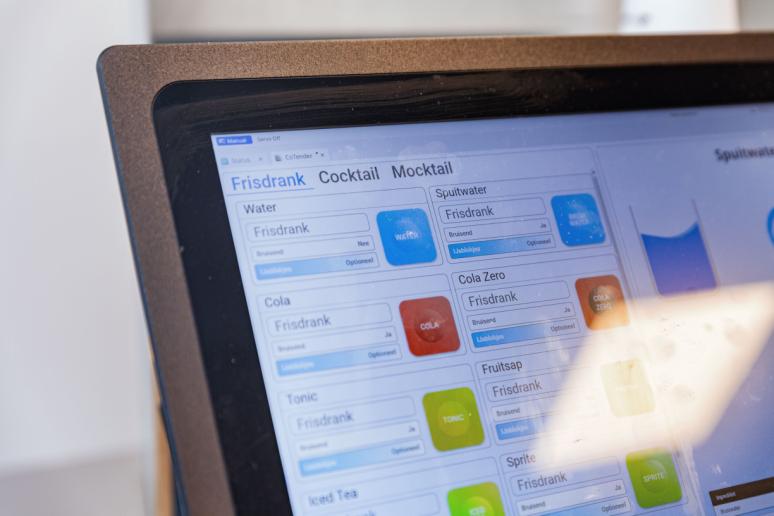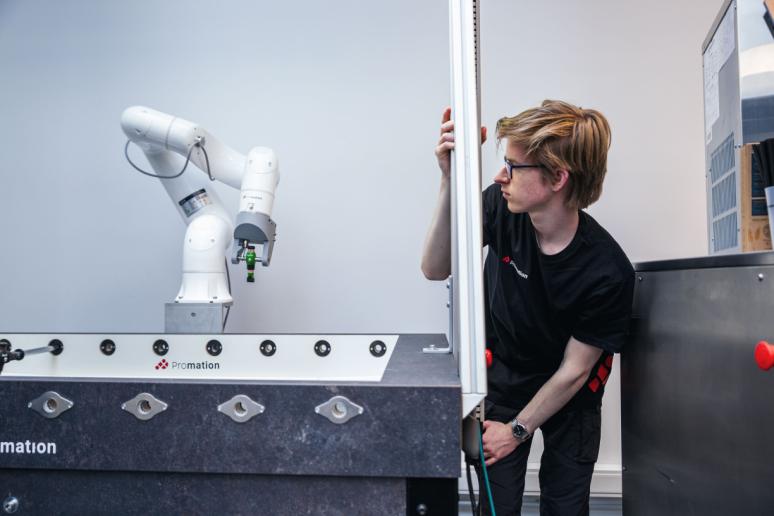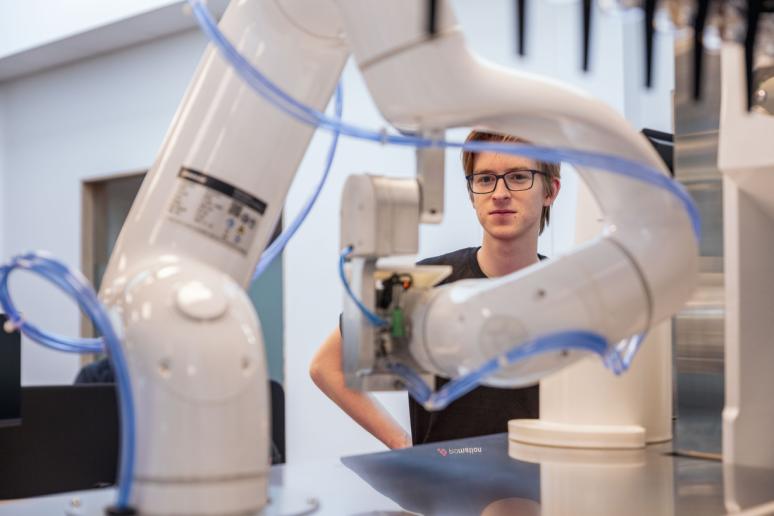What is a delta robot and what is it used for?
If you've ever seen a product move rapidly along a conveyor belt and land precisely in its packaging, chances are a delta robot was at work. Delta robots are not just a passing trend but a well-established presence in the world of industrial automation.
However, not everyone knows exactly what a delta robot is, how it works, or when it’s best to use one. In this article, we explore the world of delta robots and explain why they are so popular in production lines.
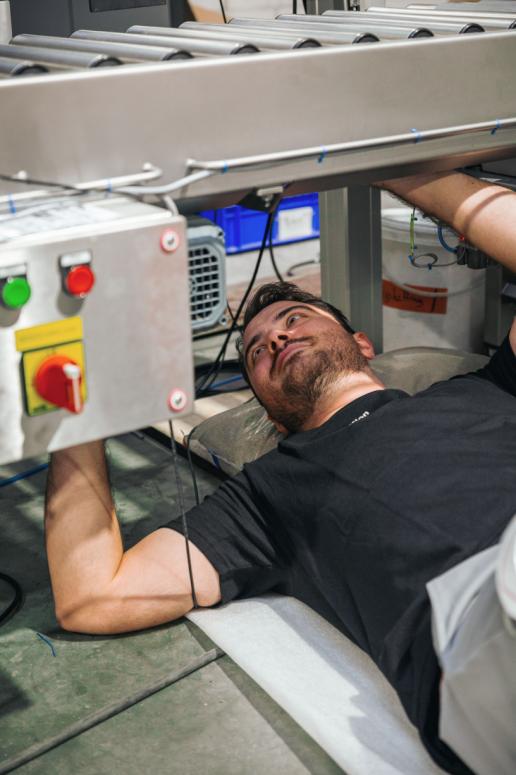
What is a delta robot?
A delta robot is a type of industrial robot with a unique parallel structure, consisting of three arms that converge at a central gripping point. This design allows delta robots to move extremely fast and with high precision, making them ideal for pick-and-place applications. They are primarily used in industries such as food processing, pharmaceuticals, electronics, and logistics.
Delta robots typically operate above a moving conveyor belt and can pick up products at high speed and place them precisely in the right location. Unlike traditional robotic arms, which are often slower and bulkier, delta robots can perform hundreds of cycles per minute.
How does a delta robot work?
A delta robot operates using three (or sometimes four) arms that move in a coordinated parallel motion. The key components include:
- Three parallelogram arms – These ensure that the gripper remains stable while moving.
- A central gripper – The end effector that picks up and moves products.
- A fixed upper structure – The motors and drive system are typically positioned above the robot, keeping the moving parts light and fast.
- A vision system (optional) – Many delta robots work with cameras to locate and correctly orient objects on a conveyor belt.
Thanks to this unique design, delta robots can move extremely fast and smoothly without tilting the gripper or making uncontrolled movements. This makes them perfect for applications where speed and precision are crucial.
The advantages of a delta robot
Why should you choose a delta robot over a traditional robotic arm? Here are the key advantages:
- Extremely high speed – A standard delta robot can perform over 100 cycles per minute.
- High precision – The parallelogram design keeps the gripper stable and highly accurate.
- Small footprint – Since the drive system is located at the top, delta robots take up very little floor space.
- Less wear and maintenance – Due to their lightweight structure and efficient movements, delta robots experience less wear than traditional robotic arms.
- Suitable for various industries – From packaging cookies to assembling electronics, delta robots can be used in many sectors.
Delta robot vs. other robot types: the difference
To better understand where a delta robot excels, let's compare it to other commonly used robots:
| Delta robot | Six-axis robotic arm | Linear robot | |
| Speed | Very high | Medium | Low |
| Precision | Extremely precise | Precise | Less precise |
| Flexibility | Limited (pick-and-place) | Highly flexible | Limited |
| Payload | Limited to light products | Can lift heavy loads | Medium |
| Application | Pick-and-place, packaging, sorting | Welding, assembly, heavy handling | Simple linear movements |
Where are delta robots used?
Delta robots are suitable for a wide range of applications, including:
- Food industry – Rapid packaging of cookies, candies, chocolates, and other food products.
- Pharmaceutical industry – Precise sorting and packaging of medicines and medical devices.
- Electronics industry – Assembly of small electronic components.
- Logistics and e-commerce – Automated sorting and packaging of small products.
A practical example: A cookie manufacturer can use a delta robot to quickly place and sort cookies on a conveyor belt for packaging. Thanks to the robot’s high speed, the production line can keep running continuously without delays.
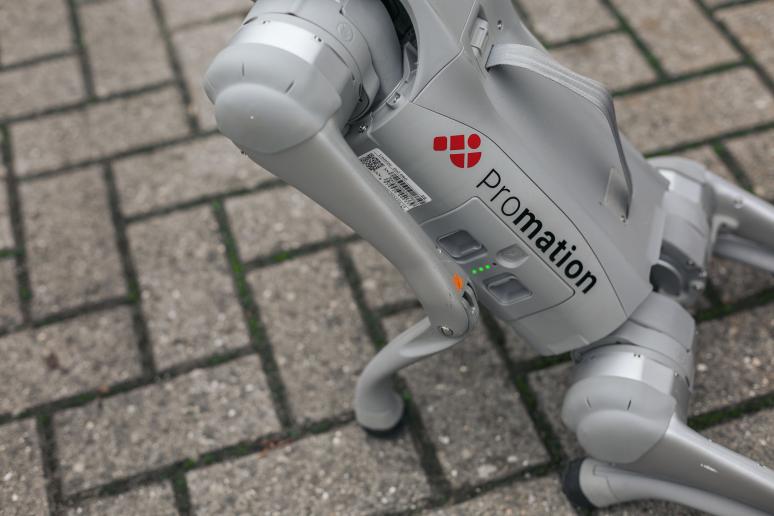
Collaborative delta robots: a new trend?
A traditional delta robot often operates in an enclosed cell due to its high speed and rapid movements. However, the rise of collaborative delta robots now allows these machines to work safely alongside humans.
A collaborative delta robot offers several key benefits:
- No safety cage required – Can work with people without a protective enclosure.
- Mobile deployment – Can be used in different areas of the factory.
- Lower speed but higher flexibility – Operates more safely and can be used for a wider range of applications.
However, collaborative delta robots are still slower and less diverse than their traditional counterparts.

Written by Stijn Provoost
Founder of Promation. Passionate about programming and new technologies. With Promation, Stijn has one major goal: to improve production processes through industrial automation, robotics, and vision systems.
Is a delta robot the right choice for your business?
Delta robots are an excellent choice for companies looking to enhance speed, precision, and efficiency in their production process. They are ideal for pick-and-place tasks and for automatically sorting and packaging products.
If you operate in the food, pharmaceutical, or logistics industries, a delta robot could be a game-changer for your production process.
At Promation, we have extensive expertise in automation and help businesses integrate the right robots into their production lines.
